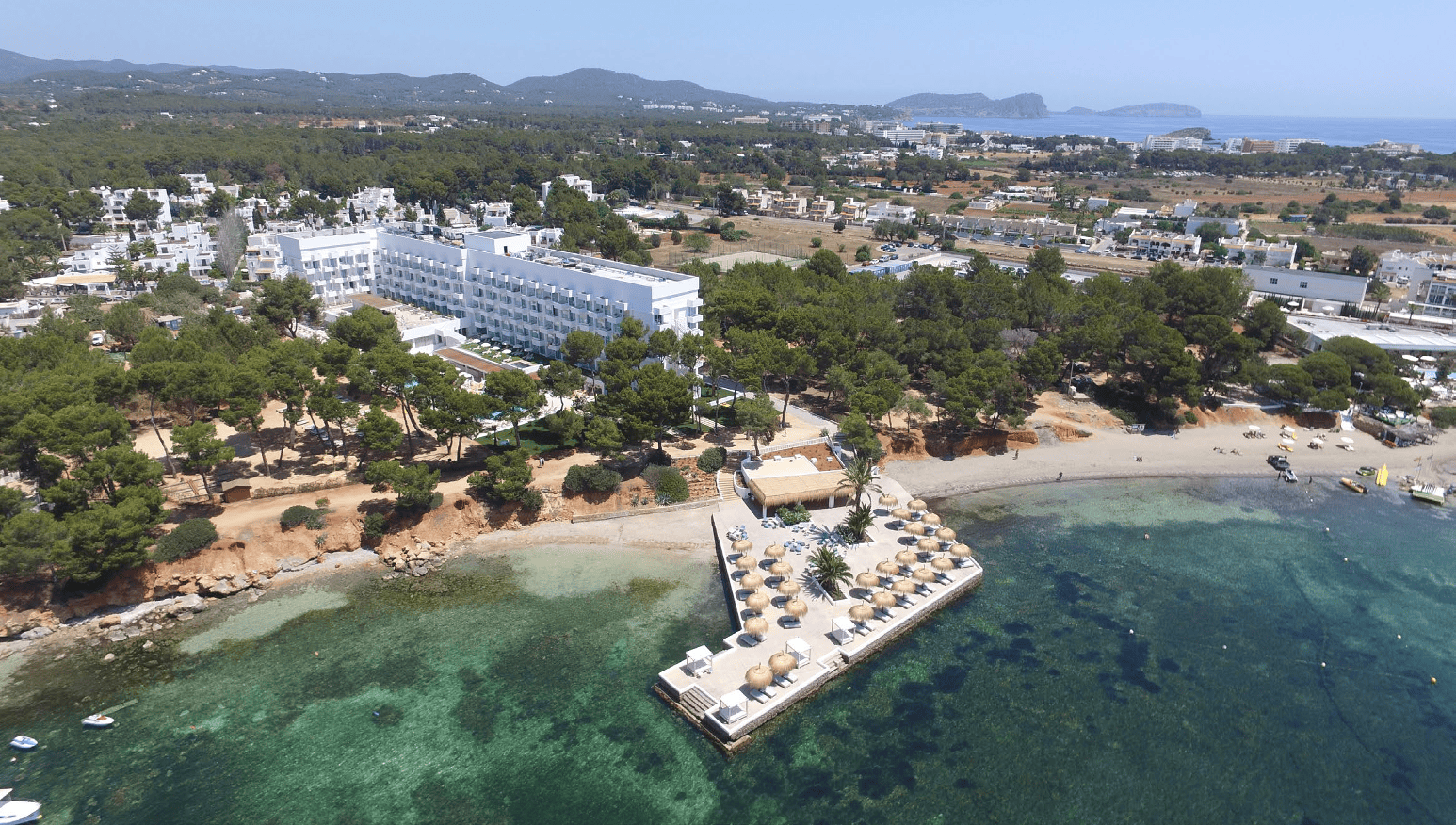The sustainable construction is a fundamental variable within the equation that is intended to result in the development of the so-called "Green Cities, a form of urban planning in which the priority is the welfare of citizens and respect for the environment.
In the European Union, a number of capitals have joined the "Agreement for a Green City", committing to take measures to make "their cities greener, cleaner and healthier". Among these measures is the promotion of sustainable building, which advocates providing the construction sector with green, energy-efficient, durable, lightweight and functional buildings that are capable of creating healthier environments for people. In this mission, the engineering plays a key role, since it is the science in charge of finding these solutions and implementing strategies to achieve these objectives of sustainability and well-being.
Characteristics of sustainable building
A sustainable building model is understood in the following way integralThe project's main activities include: design, construction, rehabilitation, operation, maintenance, waste management and even the demolition of the building itself.
This way of constructing and managing buildings based on sustainability (environmental, economic and social) is characterized by:
- Adaptation to the environment to minimize the negative impact it could have on the environment.
- Use of materials with low environmental and social impact, and efficient use of resources to be able to provide safe and healthy spaces for all.
- Saving energy consumption through energy efficiency strategies energy efficiency such as the use of renewable energies and the use of connectivityThe new system, which allows the control of consumption with the implementation of, for example, intelligent air conditioning or lighting systems.
- Buildings designed to guarantee the comfort and well-being of its users.
According to a report by the UN emissions in 2022, the building stock and the construction sector were responsible for 34% of the final energy consumption in 2021, as well as 37% of the CO₂ emissions related to production processes. Faced with these figures and with an evident situation of climate change caused largely by human intervention, many institutions are committed to creating a framework for action to guide the construction sector and promote the development of sustainable buildings, both when constructing and inhabiting them (management and maintenance).
The principles of sustainable construction
From this desire to create a guide for sustainable construction, different aspects have been identified to which engineering must respond. These are the 7 principles of sustainable construction:
- Sustainable design o "green design": from the conception and planning of projects, the environmental, economic and social impact of buildings must be equally valued. Engineers, architects and developers must satisfy the demands and needs of people, but without endangering the environment.
In this planning phase, which begins with the choice of the building site itself, aspects such as energy efficiency, water conservation, waste management, use of sustainable materials and social equity must be considered. - DurabilitySustainable building is built with the long term in mind, to extend the life cycle of buildings by making them capable of adapting to all kinds of situations, from adverse weather conditions to extensions of the building's uses.
- Energy efficiency: refers to the construction phase, but also, and very importantly, to the management and energy consumption of buildings. This principle includes the use of renewable energies, intelligent HVAC management, monitoring and automation systems, or the analysis of the location and orientation of buildings.
- Waste management: This is a very important aspect of sustainable building, as the construction sector is an industry that generates a lot of debris and waste. Reducing the amount of waste and promoting reuse and recycling are also on the sustainable building agenda.
- Air quality: sustainable building should aim to improve indoor air quality and provide a safe and healthy environment in which natural ventilation systems, for which good engineering work is required, will predominate.
- Efficient use of water: This principle is even more relevant in areas of Levante, Central and Southern Spain, where critical water shortages are being experienced. Sustainable buildings include intelligent systems to monitor, program and improve water consumption, as well as the use of rainwater or seawater, something we did on a large scale in the open geothermal installation for Hipotels Playa of Palma de Mallorca.
- Use sustainable building materials: for sustainable and environmentally friendly construction, new construction materials are evolving the way we build. In recent years, innovative synthetic materials are being created, as well as recycled materials, of natural origin or capable of absorbing carbon, which will allow lighter, more resistant and environmentally friendly constructions than traditional materials.
Sustainable buildings to build Green Cities
In terms of sustainable building, the objective is to achieve the construction of near-zero energy buildings (nZEB), energy-efficient and energy-efficient buildings. These buildings would be integrated into the Green Cities, which aspire to an urban future that results in an energy-efficient and energy-efficient city. attractive to live in, ensure the health and wellness and help the integration of citizens and the conservation of the natural environment, and promote the connections and the circular economy.
The specific objectives set for 2030 in the "Green City Agreement" are:
- Greatly improve air quality.
- Make efficient use of water and improve the quality of water bodies.
- Conservation and promotion of urban biodiversity by increasing green areas.
- Move towards a circular economy, emphasizing the management and promotion of recycling, reuse and waste reduction.
- Significantly reduce noise pollution.
As specialists in the design of intelligent installations for sustainable building, in TALAT we contribute to a Green City project that is becoming more and more necessary and present in the policies and regulations of Public Administrations. If you wish to introduce these green objectives in your project, contact us We'll help you put technology at the service of sustainability.

